It was very foggy as I paddled my kayak along. And as things are prone to do in fog a vague image began to appear in the lake where nothing should have been. It made no sound but it was big. Tall. Really tall. As the mist melted away an old cypress came into view …decorated with basketball-sized ornaments… only in Florida. Way beyond anyone’s property line one wonders who did the deed, and how? As a species Cypress trees don’t make the wild edibles’ list. However, they do contribute significantly to the tannin content of lakes and streams. That water was favored for drinking stores aboard sailing ships. The low-level of tannic acid in the liquid kept the water from going bad. It’s the origin of the term “sweetwater.” Now you know.
Are you roasting chestnuts on an open fire? I hope you scored them first so they don’t explode (cut a cross on their round side.) One quarter of the trees in eastern North America used to be chestnut trees. An infection introduced in 1876 has killed off almost all of them. Longfellow’s poem now speaks of two things now disappeared: Under the spreading chestnut tree, the village smithy stands…
When I was a boy, admittedly back in the Dark Ages, chestnut trees were rare. More common were “horse chestnuts” of a different species altogether. Horse chestnuts are generally considered toxic though some native tribes detoxified them for food. Our edible chestnuts are now usually imported. How do you tell the difference? The trees look very different as do the “nuts.”
Edible chestnuts lay on their side. They essentially have a flat side and a round side and a pointed bottom, right photo. They are somewhat pyramidal. Horse chestnuts, above left, are nearly round and sit vertically on their round bottom. Also the inside pericarp of the edible chestnut is fuzzy. It is not fuzzy on the horse chestnut. And if one wants to get picky edible chestnuts are really nuts whereas horse chestnuts are seeds. Efforts are underway to bring the edible chestnut back North America by cross breeding them with a resistant Asian variety (where the disease came from in the first place.) Perhaps in another century they will be common again. To read more about chestnuts go here.
The winter solstice is time to pick the last of season’s “ground cherries” particularly in south Florida. One can find them as early as September in northern areas of the state with the ripening season moving south. We enjoyed Coastal Ground Cherries this past week during a class in Port Charlotte, most of them sweet, occasionally a bitter one. There are several species in the state and the natives made no distinction between them when it came to use. What is really frustrating about this genus (Physalis) is when botanists call the same ground cherry by different botanical names. Then they describe it differently enough that you don’t know they are reporting about the same plant. It took me years to figure that one out. The main thing to remember about ground cherries is they must be ripe. Unripe they are toxic. Also if the “cherry” is bitter as you chew it don’t eat it. A little bitter aftertaste after you swallow it is alright. Better is to find a patch with no bitterness at all. To learn more about “ground cherries” click here.
Several vines produce fruit continuously through Florida’s winter, depending on where you are in the state and whether the weather has been mild. The Creeping Cucumber and the Milkweed Vine often don’t shut down production unless there is a freeze or many cold nights. During a class in Tampa last week we found some Creeping Cucumber just putting on fruit. As for the Milkweed Vine a junk yard about 12 miles away has a perimeter fence that is ladened with them. Unfortunately the soil there is also ladened with vehicle effluvia… oil, gasoline, radiator fluid, battery acid… The can keep producing in the southern areas of the state though reluctantly. In Port Charlotte we found a few for class purposes. Maypops can be iffy, starting to grow any time of year but also dying down during the short days around the winter solstice as does the prime wild staple, the Winged Yam. Besides changing temperatures also influencing many plants is the length of daylight and sun angle. Pellitory, here only during our winter, grows into lengthening shade then retreats as the shade shortens with longer daylight. That reminds me, as winter is here I should be seeing some stinging nettles (Urtica.) They only show up in the cooler months usually Christmas to Valentine’s Day. I will have to go look in my favorite haunt, carefully. They give me a horrible sting that lasts for several miserable, painful days. Despite several decades of searching I have not found a stinging nettle antidote that works for me. Yes I have tried Jewelweed. Yes I have tried Plantagos. Yes I have tried urine…. don’t ask….
New articles since last week: Chestnuts.
No, it’s not edible. This time of year I receive numerous emails wanting me to identify a yellow- or white-blossomed prickly plant. It’s almost always Argemone mexicana, the Mexican Poppy. The species is found in dry areas in much of eastern North America avoiding some north mid-west states and northern New England. Highly toxic, the Mexican Poppy tastes bad so accidental poisonings amongst man or beast are few. However people have tried to use its seeds for cooking oil resulting in severe edema (water retention.) Herbalists, however, use the plant extensively (which brings up the importance of knowing what you’re doing.) Locally it’s season is very limited, just a few weeks around Christmas time. I’m surprised the locals don’t call it the Christmas Poppy.
My annual free Urban Crawl went well the day before Christmas in Winter Park. After picking up some coffee we wended our way through the tony town looking for edibles. Mother Nature did not disappoint. Though the weather this past week has been chilly (upper 30’s) we found dozens of edibles including some fruit. Because of light-rail construction weeding next to the main park has been ignored. There we found ripe American Nightshade berries and amaranth. A really tasty discovery was a Natal Plum with several fruit to try. Absolutely delicious. Also for the finding was Hairy Bittercress, one of our wintertime little mustard along with Swinecress. A day earlier we had a pleasant class in West Palm Beach and wonderful shirt-sleeve weather. While we found typical winter fare for south Florida there were some standouts, if out of season. We found a few ripening Coco-Plums, some late-season Simpson Stoppers, one Suriname Cherry — ripe no less — and some Pigeon Plum, aka Dove Plum. The latter are strange in that while they can be eaten off the tree they taste better dehydrated and or reconstituted. As one can expect this time of year Poor Man’s Pepper Grass was in its glory and Pellitory waiting in the shady wings.
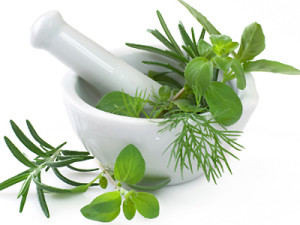
Nature’s own
Florida Herbal Conference is February 15-17. You learn better at conferences because you are getting a distillation of information from teachers with years of experience. Any questions can be answered quickly and to the point, no rummaging around to resolve an issue. You’re also with like-minded folks so there instant camaraderie. You are the majority. For more information and a discount if you use EATTHEWEEDS go to: Florida Herbal Conference.
Canada’s nightmare is finally over: Most Americans have heard of our country’s “strategic oil reserves.” It’s petroleum the U.S. government stores for emergencies. Quebec, however, has other priorities, a strategic maple syrup reserve, some 10 million pounds of it worth $30 million. The province produces 80% of the world’s maple syrup exporting two-thirds of it to the United States. And someone had sticky fingers, stealing a massive amount of it worth millions.
Police tracked down three of the eight thieves and confiscated vehicles and other equipment. They have been charged with theft, conspiracy, fraud and trafficking in stolen goods. Two thirds of the stolen maple syrup was recovered. The exact amount taken was undisclosed but it was reported to be worth millions. Presuming the stolen syrup was worth at least $2 million, and is currently selling for $35 a gallon, that would be some 57,000 gallons which is around six tanker trailers full. To get the syrup the thieves had to open 45-gallon drums. The theft was discovered last August during an “inventory of the reserves” which is a polite way of saying folks in charge of the place found a lot of empty maple syrup barrels. Apparently the thieves took advantage of a lapse in security. The storage area, a building secured by a fence and locks, was temporary while a new storage facility is being built. While the “reserve” is held at several locations this temporary warehouse held about one tenth of the 2012 harvest. To read about Maples click here.
To donate to the Green Deane Newsletter click here.

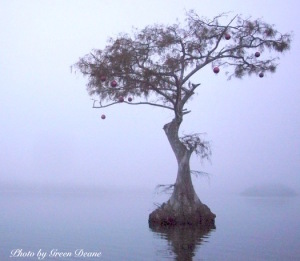
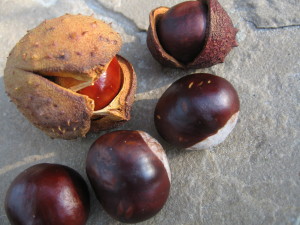
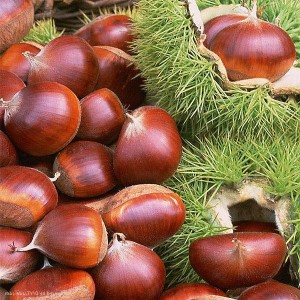
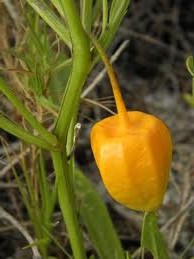
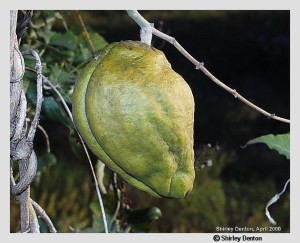
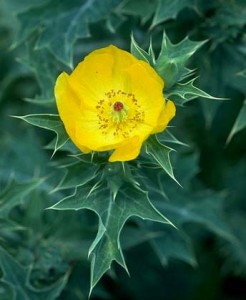
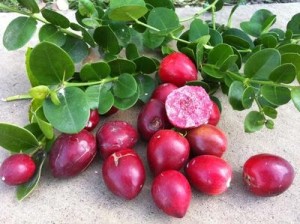
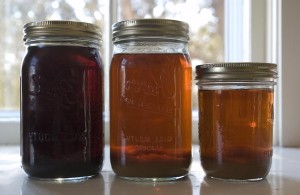
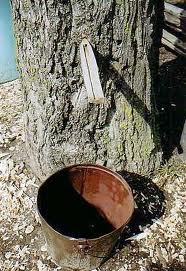

Merry and Blessed Christmas to you and yours!
Than you for the interesting and educational newsletters.
Bea
near New Orleans
Ah, the only newsletter I ever look forward to. We should hang out Deane. I’d like to take this opportunity to disclose certain information regarding the most medicinal plant known to man. I, unfortunately, must do it anonymously… this is the opposite of conflict of interest. The plant that works on every disease known to man. Everyone’s heard of it, but a particular method in which one concentrates the essential oil with a particular non-polarized solvent is the key to victory. If you or a lovedone has cancer or any other illness, this is your plant (cannabis hemp.) Thank you, love your information Deane! Truely fun and interesting reading!
Thank you somuch for the tour in winter park today. Really enjoyed finally meeting you.
My pleasure, it was fun.
Nice article on Chestnuts:
The mention of Horse chestnuts reminded me of my childhood, when we would spend our our days gathering and playing conkers. It was such a healthy past-time that has now been abolished by the powers that be.
In the UK, it is (was) common to roast chestnuts on the bonfire during Guy Fawkes night.
http://resources.woodlands-junior.kent.sch.uk/customs/conkers.html
Dock (Rumex) is what I grew up using for nettle stings. They both like damp spots so there’s usually a dock leaf within reach when you’re stung.
Found out by accident that nettle stings are great for cold feet; the effect lasts for hours.
Thank you for your news letter and your website. I study your website like a text book. It is the best i have ever seen. Merry christmas to you.
Thanks for sharing your wisdom and humor.
Have you tried grasping nettles ‘with authority’? I’ve taken about the top 6-8 inches of the plant and pinched it quickly with my thumb and first two fingers, then used my thumbnail to sever it from the rest of the plant. When I was tentative, I’d get stung, but ‘with authority’, no stinging. But–if you still get ‘got’, try lavender essential oil–it even works on fire ant stings. Hope this works for you.
I’ve been at this well over half a century. Stinging nettles a me just don’t get along topically (I can eat them with no problem.) If I get stung I get a welt et cetera. Worse I am in for a miserable several days.
Hope you and your family had a wonderful Christmas and have
a Happy and Magical New year! Thank you for sharing your wealth
of very interesting information! Always look forward to your newsletters!
Namaste!
Cynthia
Merry Christmas and Happy New Year . Thank you for letting me share the pleasure of accompanying you paddling the kayak across the serine misty , then clear ” sweat water ” lake to finally enjoy one of Mother Earth’s gifts – this old Cypress tree with the goodness it gives . ” Who did this deed ? ” ” God is beautiful and loves beauty ” we may , no doubt , agree . These are countless number of gifts of nature : some are tangible while others are hidden . You , as belonging to scientists , artists and poets .the role of paving the way for others to reach these gifts .Thank you
I am reading this late but , you mentioned the stinging nettle, i am very familiar with it and i have found to help stop the stinging, try putting some scotch tape or better yet some duct tape on the effected spot, that will help pull the fine hairs that are stinging you out, it helps a little